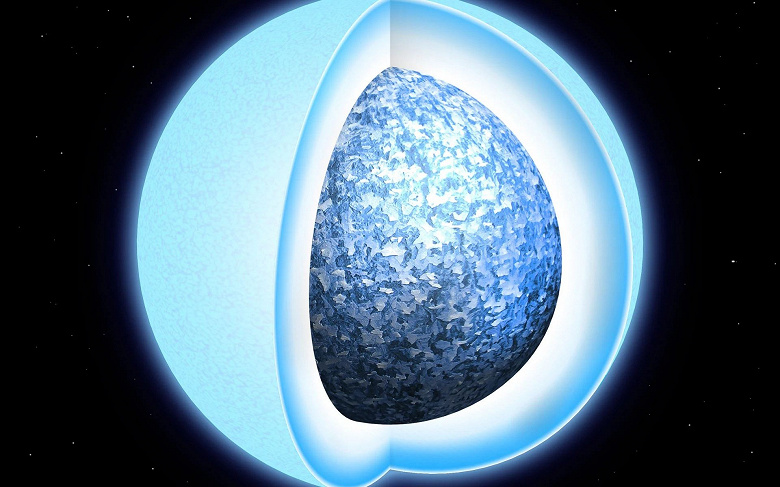Some stars turned out to be hotter and younger than they should be
The final stage of the evolution of most stars, including our Sun, — This is a transformation into a white dwarf. When a red dwarf or sun-like star runs out of hydrogen and helium, the remaining remnants collapse under their own gravity. The compression continues until the quantum pressure of the electrons balances gravity. The initial stage for white dwarfs is hot remnants of matter, which cool and fade over time.
The absence of nuclear fusion means that white dwarfs maintain their temperature only thanks to residual thermal energy. This allows astronomers to determine the age of a white dwarf based on its temperature. In general, the lower the temperature, the older the star. However, some white dwarfs exhibit unexpected behavior, being hotter than expected. Recent studies by astronomers provide insight into why some white dwarfs maintain their temperature for longer periods of time.
The results are associated with a crystallization process that occurs in the interior of the white dwarf. At the initial moments of its existence, a white dwarf has a dense shell and a more plastic interior. The matter under the shell gradually cools and can crystallize. Traditionally, it was believed that crystallization begins in the core, where the pressure is greatest, and then spreads to the surface of the star as it cools. This sequence of events results in a rapid initial cooling, then a period of stable surface temperature, and finally a final cooling after core crystallization is complete.
However, new research indicates the possibility of alternative crystallization scenarios. Instead of large crystalline structures forming, smaller ones may form in this scenario. These small structures are less dense than the surrounding matter and rise up from the core, forming a layer around the still hot core. This allows the white dwarf to remain warm for longer periods of time, which can make some white dwarfs appear much hotter and younger than they actually are. This means that astronomers cannot rely on temperature alone as an indicator of age for all white dwarfs.
So far, scientists do not know why some white dwarfs crystallize from the core and form a surface layer, while others — No. One key factor may be the difference in their composition. Most white dwarfs are formed from single old stars, while others are the result of binary star mergers. Differences in composition may influence the crystallization process and the formation of the protective layer.
This research has opened new avenues for further research into white dwarfs and their complex physics.

